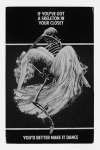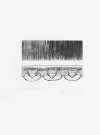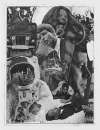sir peter blake
Sir
Peter Blake
Buy art
Sell art
Market data
Be the first to know
Join our mailing list to be the first to hear about available Sir Peter Blake works in our network.
Sell Your Art
with Us
with Us
Join Our Network of Collectors. Buy, Sell and Track Demand
Submission takes less than 2 minutes & there's zero obligation to sell
The Only Dedicated Print Market IndexTracking 48,500 Auction HistoriesSpecialist Valuations at the Click of a Button Build Your PortfolioMonitor Demand & Supply in Network Sell For Free to our 25,000 Members







